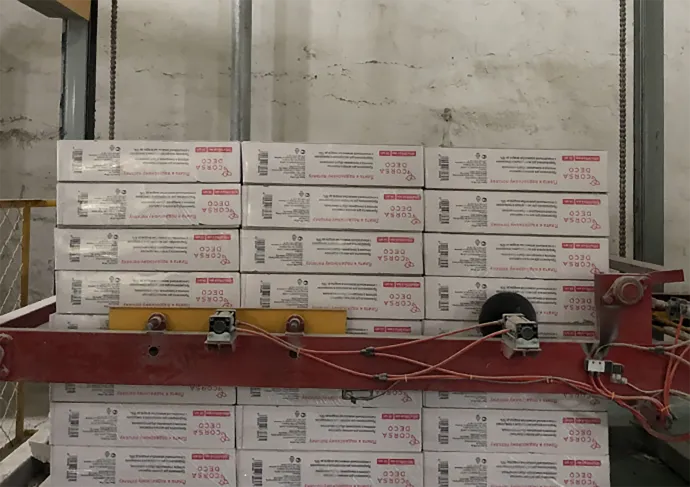Nov . 06, 2024 02:49 Back to list
what is mineral fiber ceiling tile
Understanding Mineral Fiber Ceiling Tiles
Mineral fiber ceiling tiles have become a popular choice in various architectural and construction projects due to their unique properties and advantages. Often found in commercial buildings, offices, schools, and even in homes, these tiles are widely recognized for their performance, aesthetics, and cost-effectiveness. This article will explore what mineral fiber ceiling tiles are, their benefits, applications, and maintenance tips.
What are Mineral Fiber Ceiling Tiles?
Mineral fiber ceiling tiles are made primarily from natural mineral sources such as gypsum, cellulose, and other organic materials. These materials are processed to create a lightweight, porous structure that provides excellent acoustic properties and thermal insulation. Typically, the tiles come in various sizes, textures, and finishes, allowing for versatility in design while complementing the overall aesthetic of a space.
Benefits of Mineral Fiber Ceiling Tiles
1. Acoustic Performance One of the standout features of mineral fiber ceiling tiles is their ability to absorb sound, making them ideal for spaces where noise control is essential. They help reduce sound reverberation, improving the overall acoustic comfort in offices, classrooms, and conference rooms.
2. Thermal Insulation These tiles can contribute to energy efficiency in buildings. By providing thermal insulation, mineral fiber tiles help maintain a stable indoor environment, reducing the reliance on heating and cooling systems and consequently lowering energy bills.
3. Fire Resistance Mineral fiber ceiling tiles are often fire-resistant, helping to enhance safety in commercial and residential buildings. They are typically classified as Class A fire-rated materials, which means they do not support flame spread and smoldering.
what is mineral fiber ceiling tile

4. Lightweight and Easy to Install Due to their lightweight nature, mineral fiber ceiling tiles are easy to transport and install. This quality makes them a popular choice for suspended ceiling systems, simplifying the renovation and construction processes.
5. Variety of Designs With numerous designs, textures, and colors available, mineral fiber ceiling tiles can fit any interior design style. From minimalist looks to textured finishes, there are options to suit various aesthetic preferences.
Applications of Mineral Fiber Ceiling Tiles
Mineral fiber ceiling tiles are used in various environments. In office spaces, they help create a productive atmosphere by minimizing noise pollution and providing a pleasant visual appeal. Schools commonly utilize them due to their sound-absorbing characteristics, facilitating better learning environments. Additionally, healthcare facilities favor these tiles for their ease of maintenance and hygienic properties.
Maintenance Tips
To ensure the longevity and performance of mineral fiber ceiling tiles, regular maintenance is crucial. Dust and dirt can accumulate over time, so it’s essential to clean them gently using a soft brush or vacuum with a soft attachment. Avoid excessive moisture, which can lead to mold growth, as these tiles are susceptible to water damage. If any tiles become stained or damaged, replacing them promptly will maintain the ceiling’s overall appearance and functionality.
Conclusion
In summary, mineral fiber ceiling tiles offer numerous advantages, including excellent acoustic performance, thermal efficiency, and fire resistance. Their versatility in design makes them suitable for a wide range of applications, from educational institutions to commercial buildings and even residential spaces. Proper maintenance will further enhance their durability and appearance, making them a sound investment for any space. As architectural trends continue to evolve, the significance of these tiles in modern design remains strong.
-
Quality Ceiling Trap Doors & Access Panels | Easy & Secure AccessNewsAug.30,2025
-
Durable Ceiling T Grid Systems | Easy InstallationNewsAug.29,2025
-
PVC Gypsum Ceiling: Durable, Laminated Tiles for Modern SpacesNewsAug.28,2025
-
Pvc Gypsum Ceiling Is DurableNewsAug.21,2025
-
Mineral Fiber Board Is DurableNewsAug.21,2025
-
Ceiling Tile Clip Reusable DesignNewsAug.21,2025







